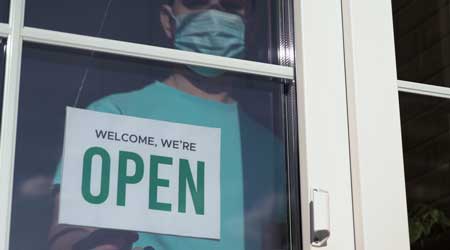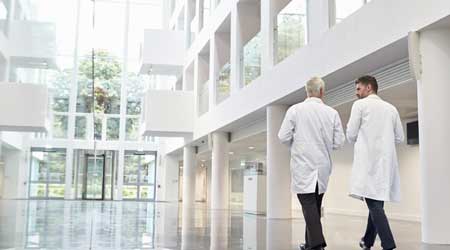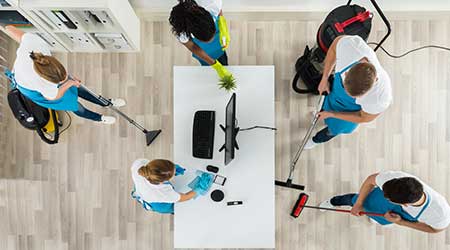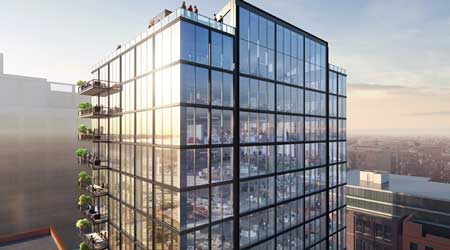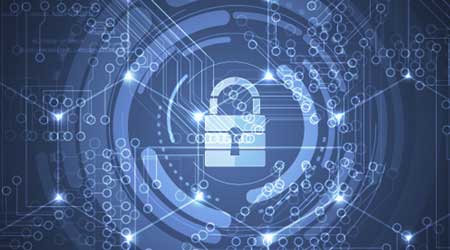
Coronavirus Pandemic Exposes Possible Smart Building Challenges
June 4, 2020
The COVID-19 pandemic has exposed a host of concerns related to the operation, maintenance and management of institutional and commercial facilities. While much of the initial focus among maintenance and engineering managers has fallen on basic considerations such as cleaning and social distancing, the next phase of improving facility resilience in a crisis involves more complex considerations, such as the importance of strong supply chains.
For facilities that have embraced smart technology in recent years, the cybersecurity challenges exposed by a pandemic and other crises can be even greater, according to Commercial Building Executive.
“This issue of cybersecurity is exacerbated by the rise of smart buildings,” writes Noelle Brisson. “Smart buildings, to be sure, are overwhelmingly a positive trend for the commercial real estate industry and the public. These connected inter- and intra-building systems create efficiencies that reduce emissions, save on energy, streamline physical security, empower leasing strategy, prioritize elevator allocation and logistics, make maintenance and repairs more proactive and promote overall transparency and control over all aspects of these physical assets. These systems are hugely important for tenant health and well-being, urban and suburban sustainability and cost savings.
“In a world where our buildings are connected for the greater good of the inhabitants, we need to remember the ways these efficiencies create risks. As we distance ourselves from co-workers and stay safe from home, we need to remember that the connectivity empowering public safety also opens up our businesses and our industries to threats. We shouldn’t look at this as a reason not to stay connected — the benefits far outweigh the risks — but we should use this as an opportunity to make sure that we’re being smart, secure and current in our policies and practices.”
Dan Hounsell is editor-in-chief of Facility Maintenance Decisions.
Next
Read next on FacilitiesNet









